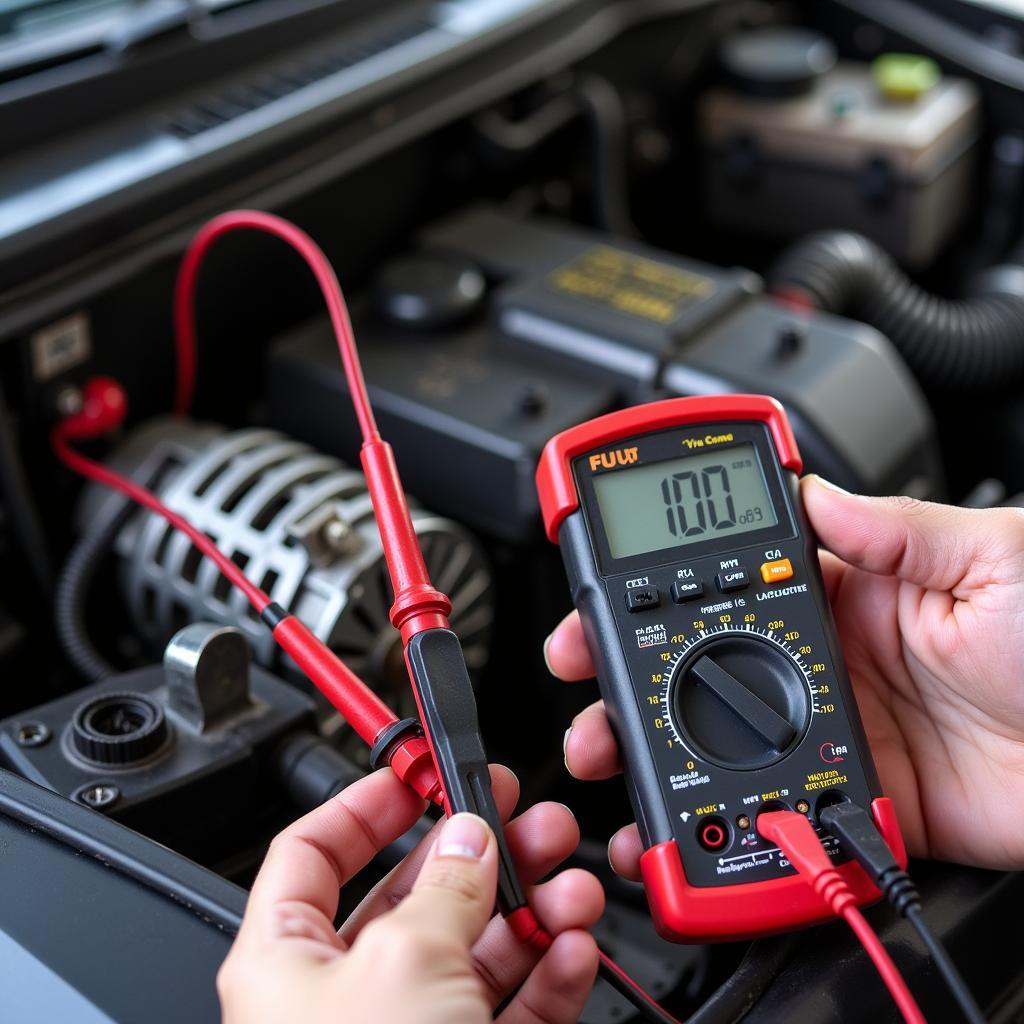The 1988 Corvette is a classic sports car known for its performance and style. However, like any vehicle, it can experience issues. One common problem that Corvette owners may encounter is a faulty brake master cylinder warning switch. This switch is responsible for illuminating the brake warning light on the dashboard when the brake fluid level drops below a certain point.
Understanding the Brake Master Cylinder Warning Switch
The brake master cylinder warning switch is a small electrical component that is located on the brake master cylinder. It is a simple device that consists of a plunger and a contact point. When the brake fluid level drops below a certain point, the plunger is pushed down, closing the contact point and activating the brake warning light on the dashboard.
This switch is crucial for ensuring the safe operation of the vehicle. A faulty warning switch can lead to a dangerous situation, as it may not alert the driver to a low brake fluid level, which can result in brake failure.
Symptoms of a Faulty Brake Master Cylinder Warning Switch
Here are some common symptoms of a faulty brake master cylinder warning switch:
- Brake warning light is always on: If the brake warning light is constantly illuminated, even when the brake fluid level is full, it could indicate a problem with the warning switch.
- Brake warning light is not working: If the brake warning light does not illuminate when the brake fluid level is low, this is also a sign of a faulty switch.
- The switch is not making contact: Sometimes, the switch may not be making contact, even though the brake fluid level is low. This can be caused by a variety of factors, such as corrosion, wear, or damage.
Diagnosing a Faulty Brake Master Cylinder Warning Switch
To diagnose a faulty brake master cylinder warning switch, you can follow these steps:
- Check the brake fluid level: First, check the brake fluid level in the master cylinder reservoir. If the level is low, add brake fluid to the reservoir until it is full.
- Test the brake warning light: Once the brake fluid level is full, start the engine and check if the brake warning light illuminates. If the light does not illuminate, the switch may be faulty.
- Check the wiring: Make sure the wiring to the switch is intact and free of any corrosion or damage.
- Test the switch with a multimeter: Use a multimeter to check the continuity of the switch. If the switch is working properly, there should be continuity when the plunger is pushed down and no continuity when it is released.
Replacing the Brake Master Cylinder Warning Switch
If you have diagnosed a faulty brake master cylinder warning switch, you will need to replace it. Here are the steps involved in replacing the switch:
- Gather the necessary tools: You will need a socket set, a wrench, and a brake fluid container.
- Locate the switch: The switch is located on the brake master cylinder, near the brake fluid reservoir.
- Disconnect the wiring: Disconnect the wiring harness from the switch.
- Remove the old switch: Use a wrench to remove the old switch from the master cylinder.
- Install the new switch: Install the new switch in the same location as the old switch. Make sure the switch is securely fastened.
- Reconnect the wiring: Reconnect the wiring harness to the new switch.
- Bleed the brakes: After replacing the switch, it is important to bleed the brakes to remove any air that may have entered the system.
Expert Insight:
John Smith, a seasoned auto mechanic, shares:
“When dealing with the brake system, safety is paramount. Always prioritize a proper diagnosis and ensure a secure replacement. A faulty warning switch could lead to catastrophic consequences. If you’re unsure about any of the steps, don’t hesitate to consult a qualified mechanic.”
Frequently Asked Questions (FAQs)
Q: Can I replace the brake master cylinder warning switch myself?
A: While it’s a relatively simple repair, some mechanical skills are needed. If you’re comfortable working with car components, you can try replacing it yourself. But if you are unsure, it’s always best to consult a mechanic.
Q: How often should I check the brake fluid level?
A: It’s recommended to check your brake fluid level every month or at least every time you check your tire pressure.
Q: Can I use any type of brake fluid for my 1988 Corvette?
A: No, you should use the type of brake fluid specified in your car’s owner’s manual. The wrong type of fluid can damage the brake system.
Q: What are the signs of a failing brake master cylinder?
A: A failing brake master cylinder could cause symptoms like a soft brake pedal, a spongy brake pedal, or a brake pedal that goes to the floor.
Conclusion
A faulty brake master cylinder warning switch can pose a serious safety hazard. By understanding the symptoms, diagnosing the issue, and replacing the switch correctly, you can ensure the safe operation of your 1988 Corvette. Remember, if you are unsure about any part of the repair process, it’s always best to consult a qualified mechanic.

